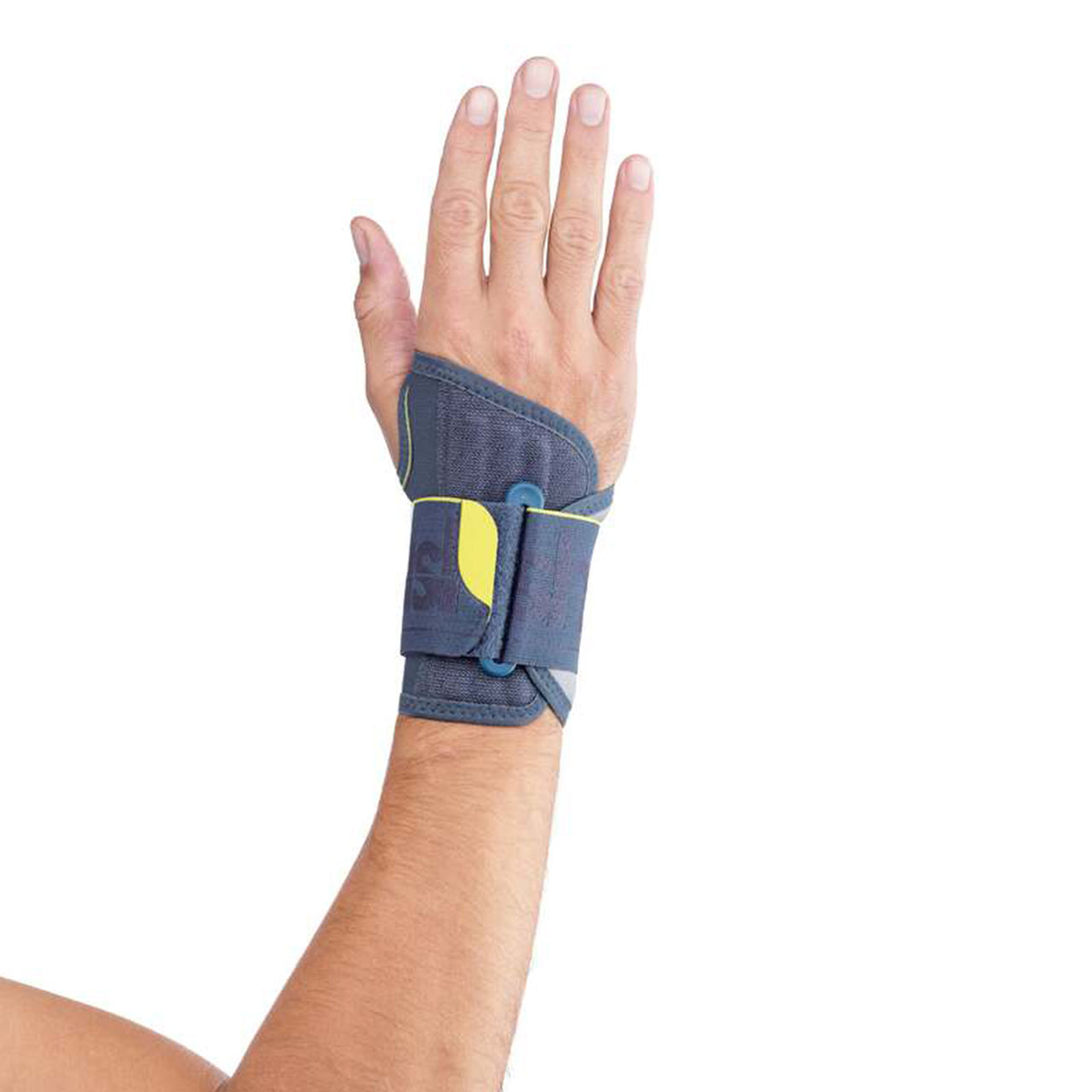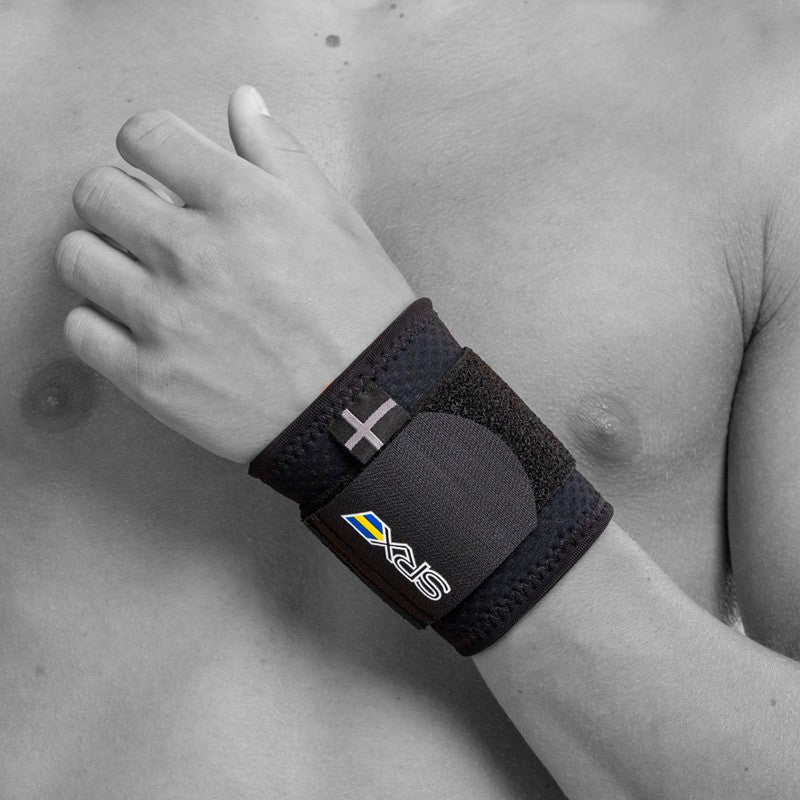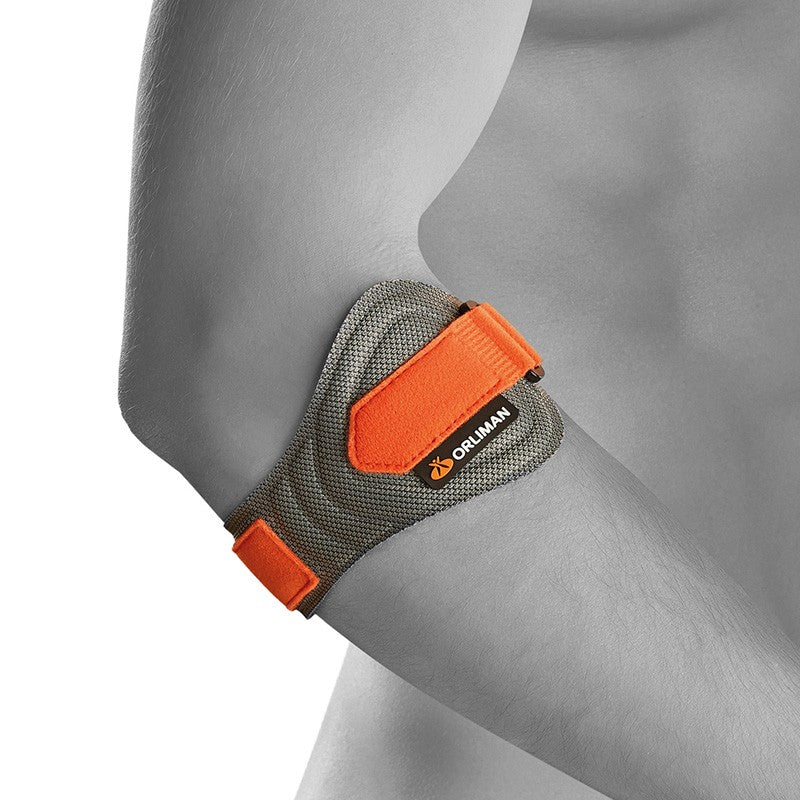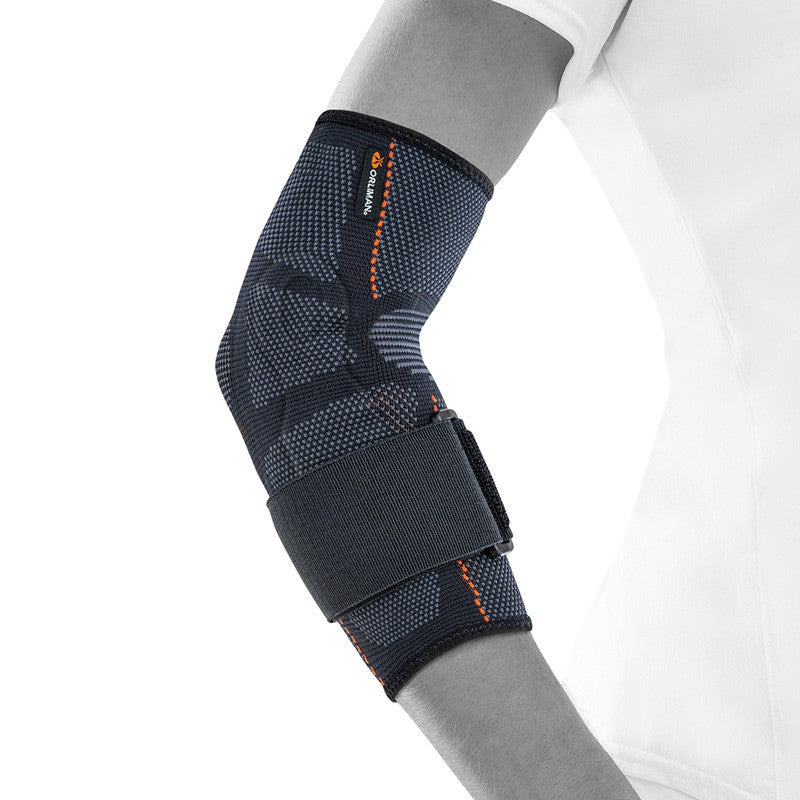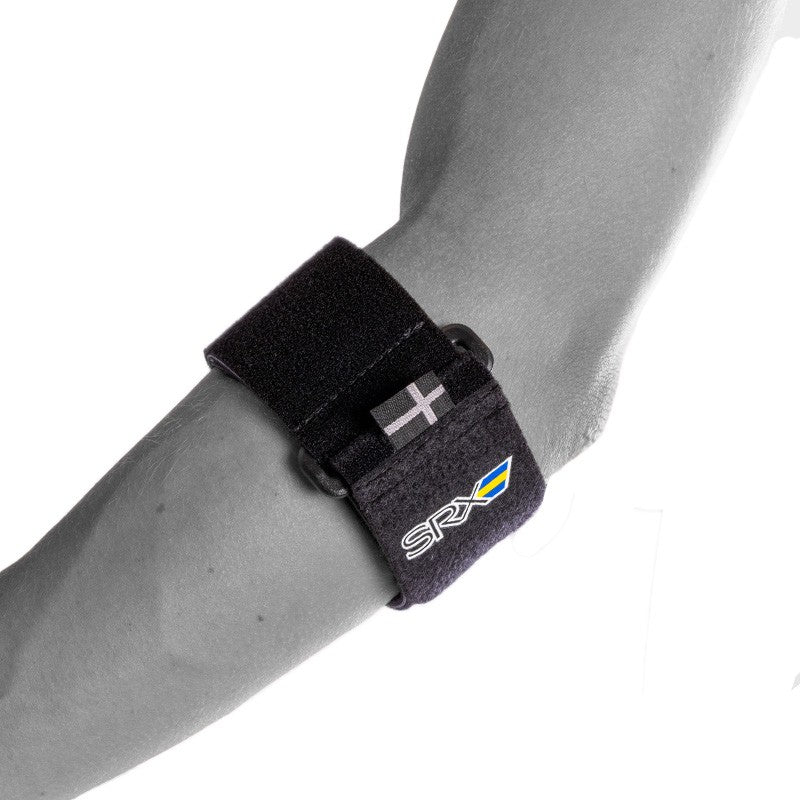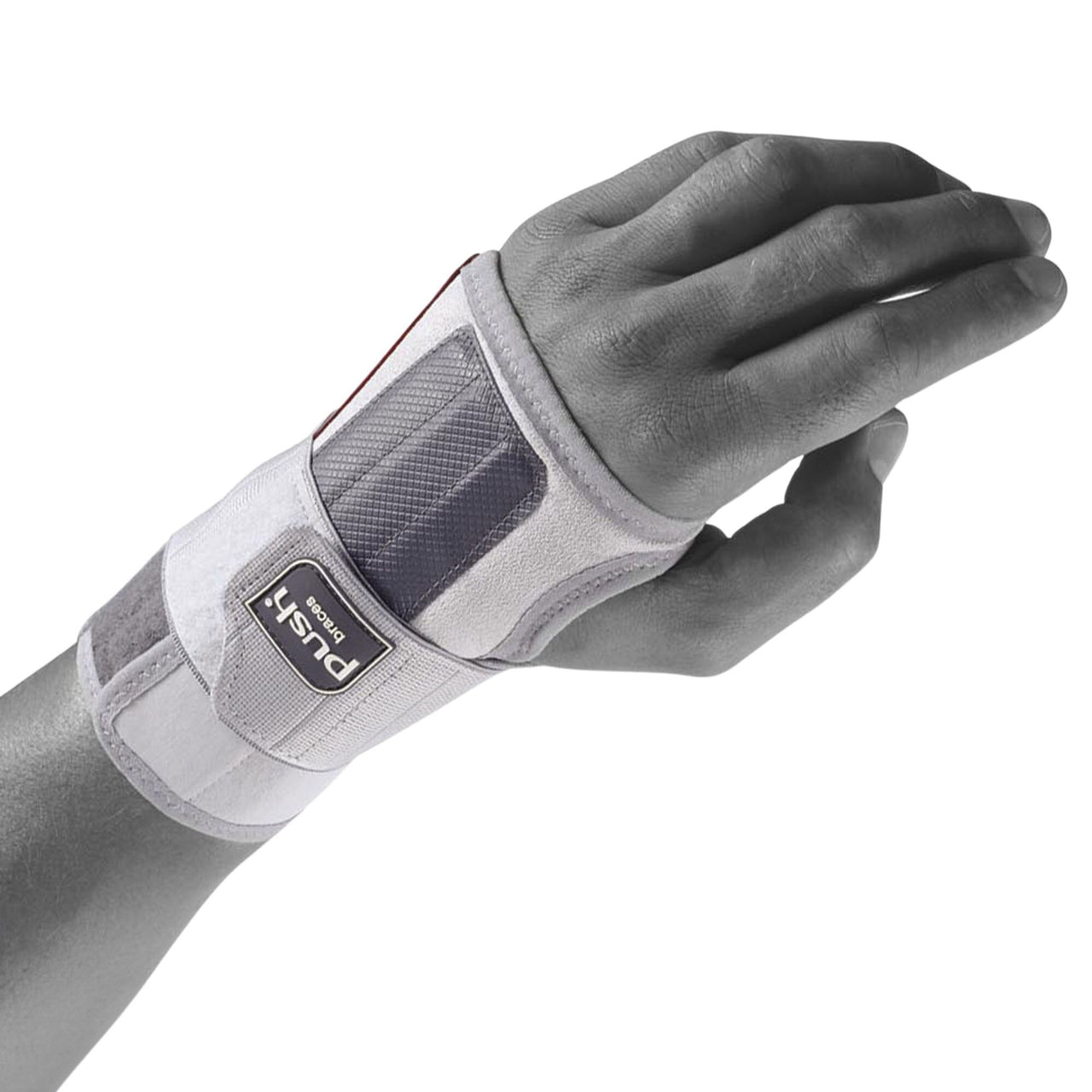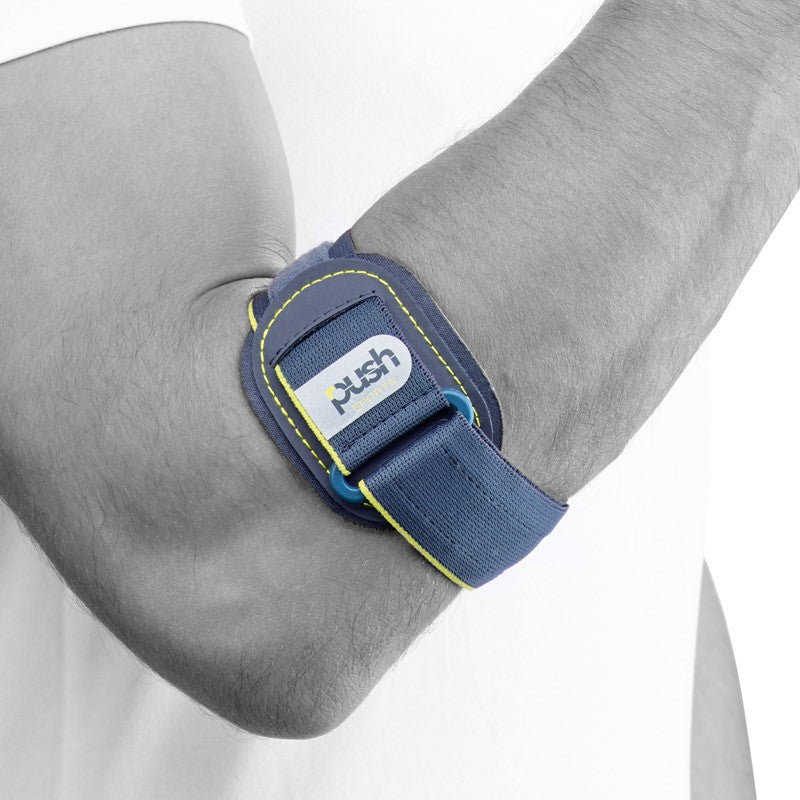Tennis elbow – causes, symptoms and relief
Tennis elbow, or lateral epicondylitis, is a common painful condition that affects the tendon attachment on the outside of the elbow. The problems often develop gradually and are caused by overuse of the forearm extensor muscles. The condition affects not only tennis players, but also people in professions and activities that involve repetitive, one-sided movements.
What is tennis elbow?
Tennis elbow is an inflammation of the tendon attachment on the outside of the elbow. The pain is localised over the outer bony prominence (lateral epicondyle) and can also affect the strength and function of the hand. The overload is caused by repetitive movements of the hand and wrist, which means that both sports and work-related activities can be triggering factors.
Common causes & risk factors
Tennis elbow is primarily caused by one-sided, repetitive movements of the hand and wrist, such as racket sports, crafts with tools, or computer work with a mouse. The risk increases with prolonged periods of strain without sufficient rest. The condition is most common between the ages of 30 and 50 and occurs more often in people over 40.
Symptoms
- Local pain on the outside of the elbow
- Pain that worsens when bending or extending the wrist against resistance
- Weakness or numbness in the hand
- Pain with twisting movements, such as opening a can or turning a key
- Tenderness, stiffness, and sometimes redness or warmth in the area
When should you seek medical attention?
Seek medical attention if the symptoms do not improve within a few weeks, if you develop severe weakness in your hand, or if everyday activities become impossible to perform.
Recommended protection & support
Relief is crucial for recovery from tennis elbow. An epicondylitis bandage (tennis elbow strap) reduces the load on the tendon attachment by distributing the pressure across the forearm. Wrist supports can further contribute by placing the wrist in a relieving position, even at night. Stretching the forearm muscles, ergonomic adjustments to the work environment and variation in load are important efforts to relieve pain and prevent recurrence. Find all our protection for Tennis Elbow here.
About our Injury Guide – quick guidance in case of complaints
In our Injury Guide, you will receive clear and easy-to-understand information about common injuries, how they occur and what symptoms usually occur. You will also receive recommendations on which protection and aids can relieve your discomfort and help you further in your rehabilitation. All information is based on expert knowledge from our licensed physiotherapist.
For more information about arm and elbow problems, you can read more in the Injury Guide Arm , and you can also go to the Injury Guide main page to read about other injuries and symptoms.
Related injuries:
Find the right protection for your needs
There are several ways to find the right product on our website. For a more personalized selection, you can use our filters and sort by injury, body part or sport. You can also get help from our AI assistant Eir, who is trained on all the content on our website and can help you with product recommendations, fit questions and order-related concerns – 24/7. If you would rather speak directly to our licensed physiotherapist, Ida, you can reach her via email or phone for personal advice and support in your product selection.

